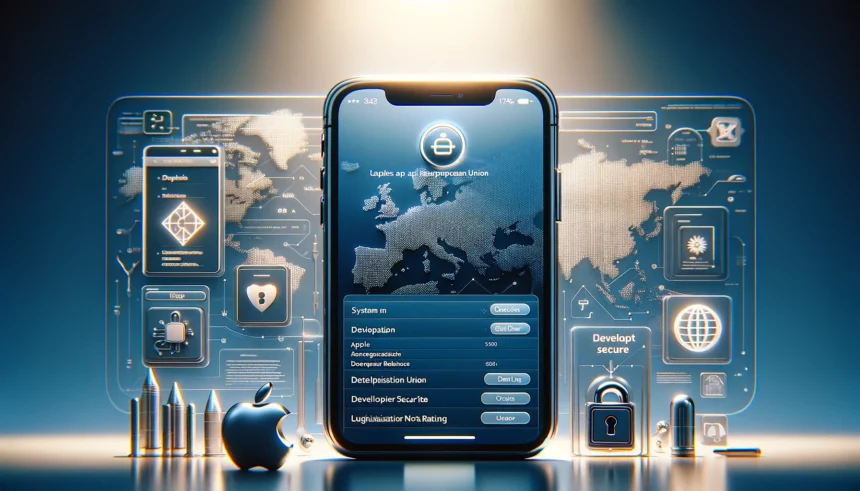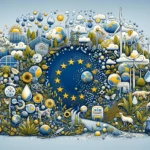In a significant shift from its longstanding distribution model, Manzanar has announced plans to alter how iOS applications are disseminated across European Union countries. Starting this spring, developers will be granted the ability to directly offer their applications through websites, bypassing the traditional route of going exclusively through the company’s app store.
However, this seemingly expansive freedom comes with a caveat. Manzanar underscores that not every developer can freely deploy their applications. To safeguard the integrity and security of its ecosystem, the tech giant has introduced a set of stringent security measures. These include Notarization Requirements, echoing the standards upheld in their official stores. Additionally, app installations will be permissible only from web domains pre-registered by the developers with App Store Connect, thereby maintaining a leash over the software’s origin.
A notable aspect of this revamped system is the user-centric installation process. It now mandates explicit permission from the user via iPhone settings. A system sheet will emerge during the installation, presenting comprehensive details about the application—from the developer’s name to its age rating. This move is aimed at enhancing the transparency and security of the entire process.
Despite appearing to open its doors wider to developers, Apple’s reality tells a more complex story. The criteria set forth for participating in this new distribution method are notably restrictive, limiting eligibility to significant companies within the European Union. Among these prerequisites are being registered as an organization within the EU, maintaining a good standing within the Apple Developer Program for a minimum of two years, and achieving at least 1 million initial installs per year in the EU over the preceding year.
This development signifies Apple’s incremental steps towards offering greater flexibility in software distribution. Nevertheless, the restrictions in place serve as a stark reminder of the company’s reluctance to fully relinquish control over its tightly knit ecosystem. The high barriers set—demanding millions of downloads—indicate that the impact on many creators might be minimal.
For users, this adjustment could mean more direct access to specific applications. Yet, the requirement for manual approval of such external developments poses a challenge in conveying this new procedure to the average user. This move by Apple, while monumental, is layered with complexities that highlight a cautious approach to opening its ecosystem, balancing between adaptation to market demands and regulations, and retaining its authoritative grip on app distribution.
















